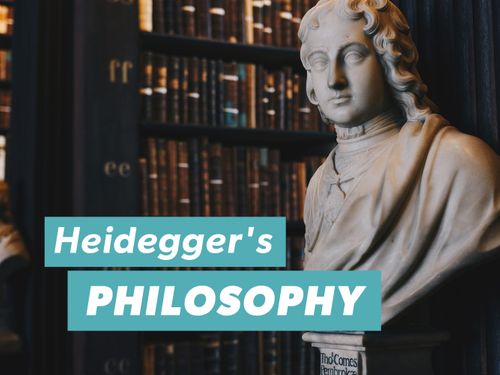Modern Philosophy 101: Heidegger
Nov 04, 2020 · 3 mins read
0
Share

What is being?
Martin Heidegger is often seen as the greatest philosopher of the 20th century. His forensic approach to apparently obvious questions or topics continues to have a big impact on contemporary philosophy.
Save
Share
Being and Time (1927) is his signature work. It was famously preceded by a 12-year ‘period of silence’, and seemed to come from nowhere.
Save
Share
In fact, Heidegger had been lecturing to rapt audiences for years, building up an underground fame among German students as a truly original thinker.
Save
Share
As Hannah Arendt (once his student) famously noted, “There was hardly more than a name, but the name travelled all over Germany like the rumour of a hidden king.”
Save
Share
Being and Time is notoriously difficult to understand, and many have found it a quicksand-like experience. Heidegger will spend pages defining a single term, such as Dasein (being).
Save
Share
The question of ‘being’ had certainly been addressed by ancient and medieval philosophers, Heidegger admits, but no one had explored it properly.
Save
Share
‘Being’ was almost taken for granted, because everyone ‘is’ and therefore we know what it is to ‘be’. Yet in terms of philosophical analysis, “the meaning of being is ...shrouded in darkness”.
Save
Share
Heidegger’s big question: What is personhood? What is it like to be a human being in the world, bound by space and time? For Descartes, the motto for the self was ‘I think’. Heidegger’s is I care.
Save
Share
‘Care’ not in the conventional meaning of emotional sympathy, but more like searching, exploring, making, dealing with, building something. ‘Care’ concerns my place among others in a social or political sense (which includes concern for others), and my own development or unfoldin
Save
Share
As a ‘being-in-the-world’, these cares or concerns tell the world what I am.
Save
Share
0